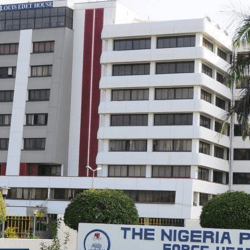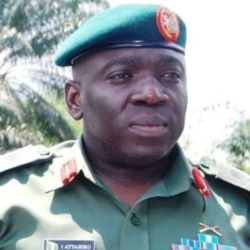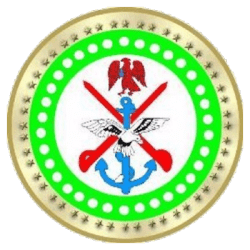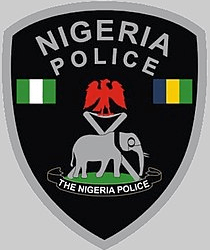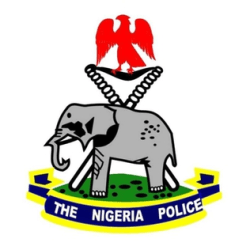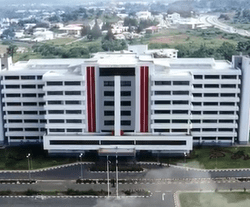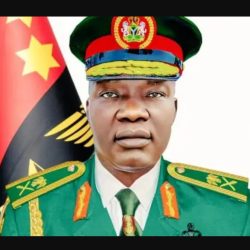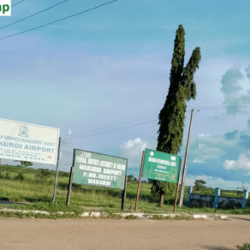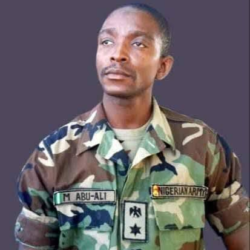The idea of establishing an Air Force for Nigeria was first mooted in 1961 following the nation’s participation in peacekeeping operations in Congo and Tanganyika (now Tanzania).

During these peacekeeping operations, foreign Air Forces Aircraft were employed to airlift the Nigerian Army Regiment to and from the theatres of operation. The Nigerian Government at the time, no doubt, recognised the urgent need to establish an Air Force, actively supported by modern facilities, to provide a full complement of forces to enhance the nation’s military posture.

Early in 1962, the Government agreed, in principle, that the Nigerian Air Force (NAF) be established.
The Nigerian Parliament therefore, approved the establishment of the NAF and recruitment of cadets commenced in June 1962. Consequently, the NAF was officially established by a statutory Act of Parliament in April 1964 to serve four main purposes namely:
a. To achieve a full complement of the military defence system of the Federal Republic of Nigeria, both in the air and on the ground.
b. To ensure fast versatile mobility of the Armed Forces.
c. To provide close support for the ground-based and seaborne forces in all phases of operations and ensure the territorial integrity of a united Nigeria.
d. To give the country the deserved prestige that is invaluable in international matters.
It was in 1962 that drive for the required manpower for the planned air force started. Simultaneous with this development, Government was in dialogue with some friendly nations on the possibility of training NAF personnel in various specialist fields. The first batch of 10 cadets was enlisted in 1962 to undergo training with the Ethiopian Air Force. The second set of 16 cadets was enlisted in February 1963 to undergo training with Royal Canadian Air Force while 6 cadets were sent to the Indian Air Force. The stage thus became set for the in-country training of NAF personnel. Consequently, several countries were approached but the lot fell on the German Air Force to provide technical assistance for the local training of NAF personnel and this materialised in 1963.
While the NAF was still in its infancy as a fighting force, the laudable plans made by the German Air Force Assistance Group were prematurely put to test barely three years after its establishment. The relatively inexperienced NAF assumed the role of a well-established Air Force in order to prosecute the Nigerian Civil War in close collaboration with sister Services. At this stage of its existence, the NAF was only equipped with a few aircraft. As the war progressed, some fighter aircraft such as MiG 15 and MiG 17 were acquired to help bring the war to a speedy end.
The Nigerian Civil War came to an end in 1970 and there was the need to re-organize the NAF and upgrade its equipment. In order to strengthen itself, the NAF acquired additional aircraft types of advanced technology between 1981 and 1990. With the acquisition of new weapon platforms, there was a need to train personnel to man and maintain the new aircraft types. This led to the re-organization of training in all aspects of NAF specialties.
Following the expansion of the NAF over time and the need to enforce all international laws and conventions relating to space activities within the Nigerian airspace, on 23 August 1994, the Federal Government promulgated decree 105 (Armed Forces Amendment Decree), which provided additional roles for the NAF.
These additional roles include:
a. Enforcing and assisting in coordinating the enforcement of international laws, conventions, practices and customs ascribed and acceded to by Nigeria relating to aerial or space activities within the Nigerian airspace.
b. Coordinating and enforcing all national and international air laws acceded or ascribed to by Nigeria and
c. Delineating, demarcating and coordinating all aerial surveys and security zones of the Nigerian airspace.


